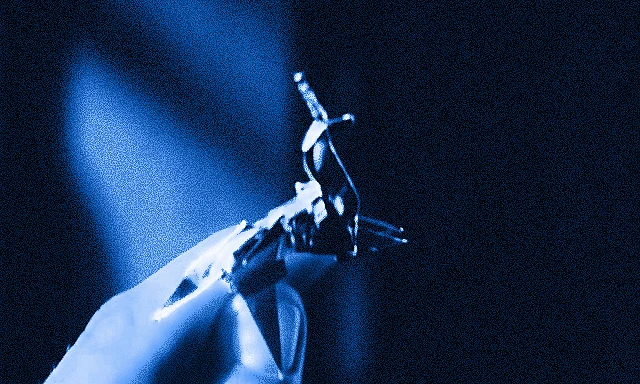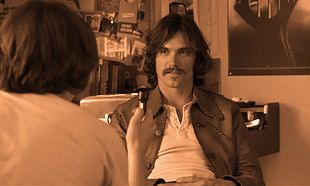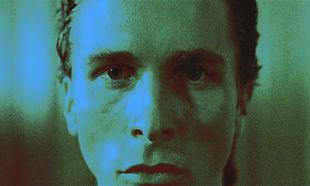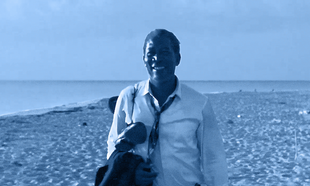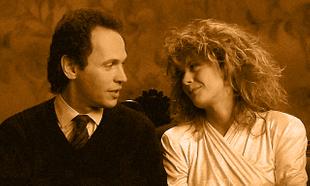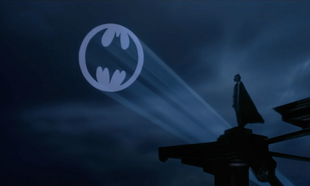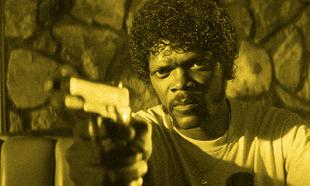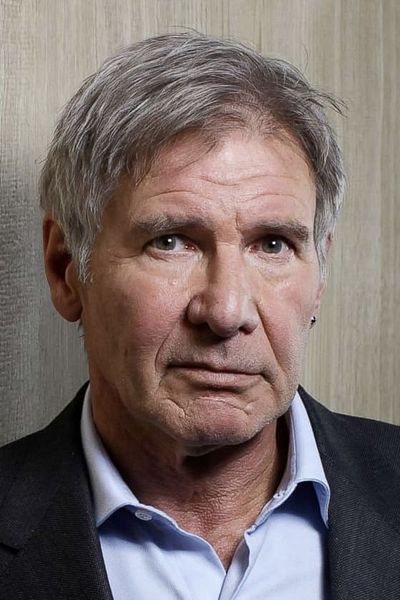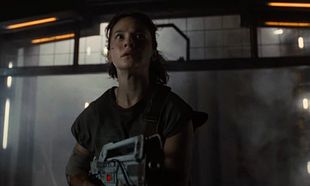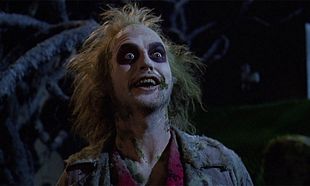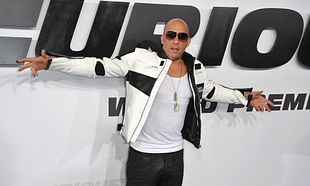The Final Scene looks at the last few minutes of some of the most well-known movies of the past fifty years. This week, it's Ridley Scott's neo-noir masterpiece, 'Blade Runner'...
Few endings have been rejigged and edited more than 'Blade Runner'. That there are at least three different endings of the movie - never mind interpretations of them, just actual endings - speaks to how ambiguous it was. For the purposes of clarity, we're looking at the ending from 'Blade Runner: The Final Cut', which Ridley Scott deems to be both his favourite and the definitive version.
'Blade Runner' is a movie that is just laden with symbolism, not the least of which comes in the forms of animals and dreams. In the original source novel, 'Do Androids Dream Of Electric Sheep?', animals - real animals - are a status symbol for the survivors left on the ashes of Earth. In 'Blade Runner', they take on a much different meaning.
When we first meet both Rachel and Tyrell, the first thing you see is a great owl with its burning red eyes indicating that it is artificially made. Its plumage and flight look incredibly real, but in this world, it is indistinguishable from the real thing. All except for the eyes, which are seen as windows into the soul.
Later, in the movie, Deckard daydreams about a unicorn riding through a woodland forest, tinkling away on a piano as he does. On its own, it has no meaning. You'd be forgiven for thinking that it was an interspersed shot from Scott's next movie, 'Legend', but it's only at the end does its meaning become clear.
Gaff, aware that Deckard has faced Roy Batty and is on his way back to Rachel, has left him an origami unicorn. He picks it up, nods slightly, crushes it and then exits into an uncertain future. Here's where the ambiguity begins, even leaving aside the multiple endings.
Some would take this to mean that Gaff is telling Deckard that he's a replicant, something that he himself has doubts about throughout the movie. Gaff's origami unicorn, then, is telling Deckard that he knows he's dreamt about unicorns, that he's aware of his true nature, and is telling him that he'll soon be coming after him.
That's one interpretation. The other is that Gaff is telling Deckard that, human or not, they're both people who have dreams.
Now, let's make it clear - Ridley Scott's intent in this moment was to state clearly that Deckard, Blade Runner though he was, was a replicant. The unicorn dream was an implanted memory, in the same way that Deckard knew about Rachel's memory about a spider egg hatching and eating its mother.
What's fascinating here is that the difference between the two. Deckard's daydream was a fantasy - literally, a unicorn riding through a forest. Rachel, however, wasn't gifted daydreams. She was gifted memories, specifically, those from Tyrell's niece. That's more telling than anything, really, that Deckard was blatantly a replicant and Rachel was less so.
For example, Deckard seems perplexed about the fact that she "can't know" if she's a replicant or not, yet Deckard seems to have to none of these problems. In some scenes, he's able to kill as easily as a replicant - like with the fight sequence with Leon.
Later, when he shoots Zhora, he's disturbed by his own violence, as any human would be. When Roy spares him, and Deckard realises that replicants are capable of emotion the same as any other being, it flows from there into finding the unicorn origami.
He picks it up, realises that he's a replicant, but that he's capable of having emotions, of having a full life and being able to love someone. It's a scene about acceptance, about Deckard accepting his fate that he'll be hunted, but that he knows - finally - who he is.
He's a replicant, but he has every right to be human.
